The main cutting edge of the end mill is the cylindrical surface, and the cutting edge on the end surface is the secondary cutting edge. An end mill without a center edge cannot perform a feed motion along the axial direction of the milling cutter. According to the national standard, the diameter of the end mill is 2-50 mm, which can be divided into two types: coarse teeth and fine teeth. The diameter of 2-20 is the range of straight shank, and the diameter of 14-50 is the range of tapered shank.
Standard end mills are available with coarse and fine teeth. The number of teeth of the coarse-tooth end mill is 3 to 4, and the helix angle β is larger; the number of teeth of the fine-tooth end mill is 5 to 8, and the helix angle β is smaller. The material of the cutting part is high-speed steel, and the shank is 45 steel.

There are many shapes of milling cutters, which are used for ordinary milling machines and CNC milling machines to process grooves and straight contours, and to process cavities, cores, and surface shapes/contours on milling and boring machining centers.
Milling cutters are generally divided into:
1. Flat end milling cutter, for fine milling or rough milling, milling grooves, removing a large amount of blanks, fine milling of small horizontal planes or contours;
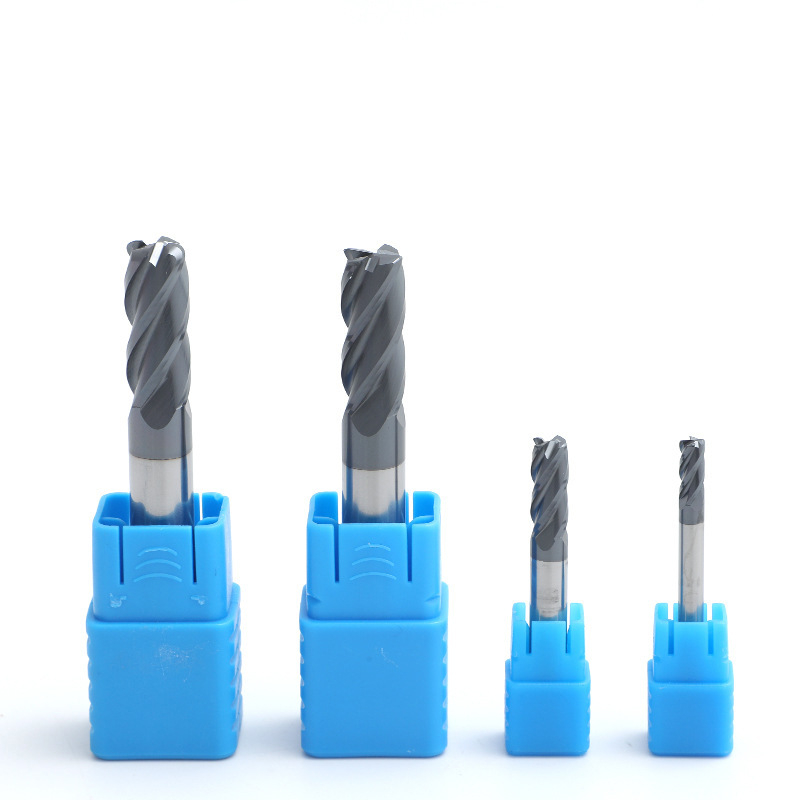
2. Ball nose milling cutter for semi-finishing and finish milling of curved surfaces; small cutters can finish milling small chamfers on steep surfaces/straight walls.
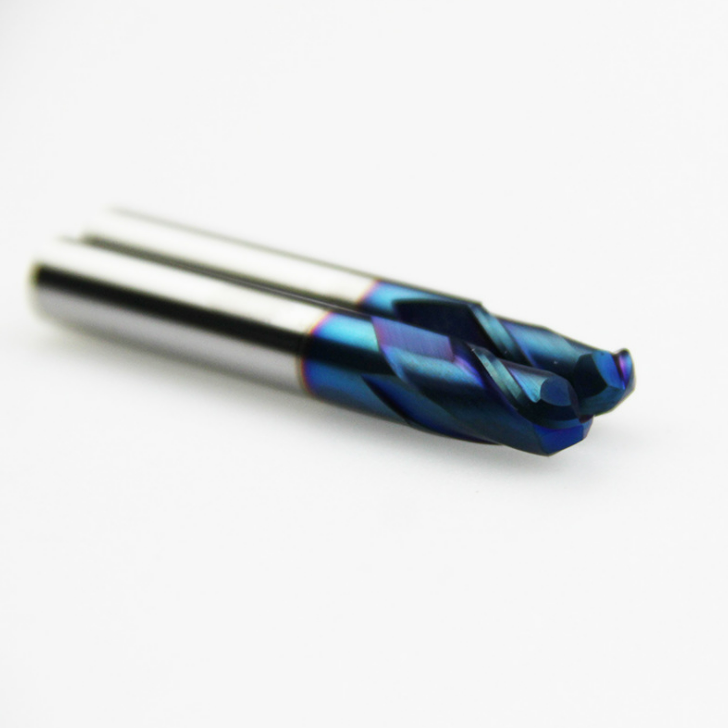
3. The flat end milling cutter has chamfering, which can be used for rough milling to remove a large amount of blanks, and can also finely mill small chamfers on fine flat surfaces (relative to steep surfaces).
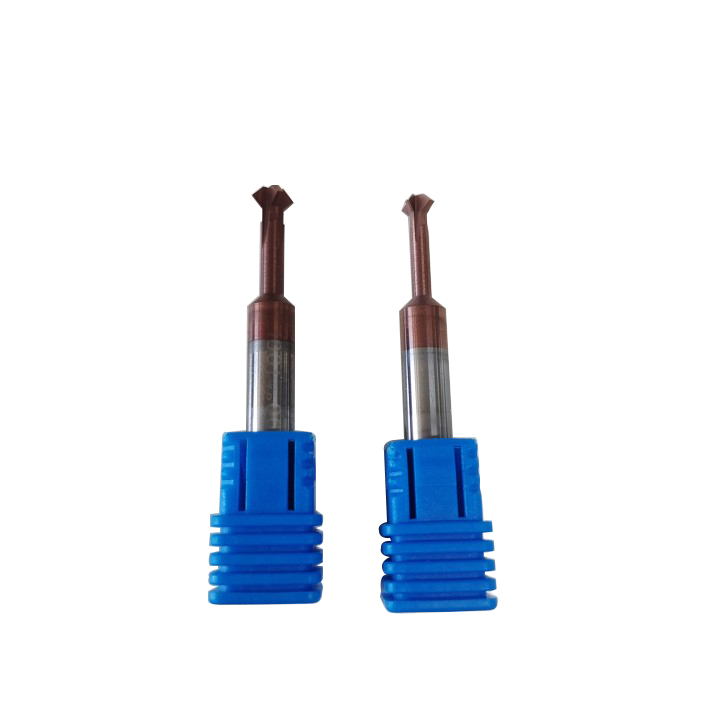
4. Forming milling cutters, including chamfering cutters, T-shaped milling cutters or drum cutters, tooth cutters, and inner R cutters.
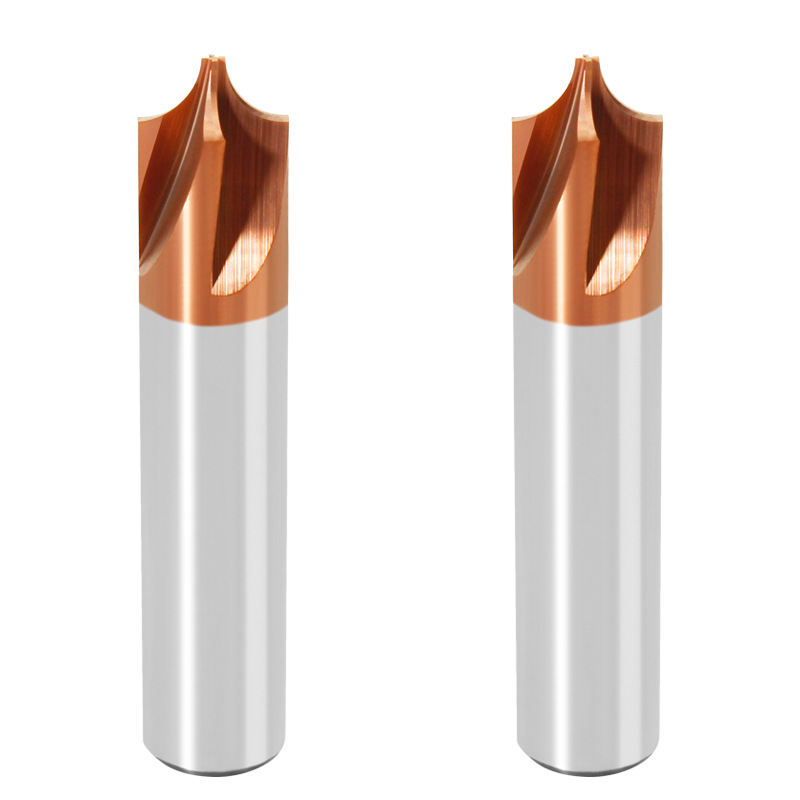
5. Chamfering cutter, the shape of the chamfering cutter is the same as that of the chamfering, and it is divided into milling cutters for rounding and chamfering.
6. T-shaped cutter, can mill T-shaped groove;
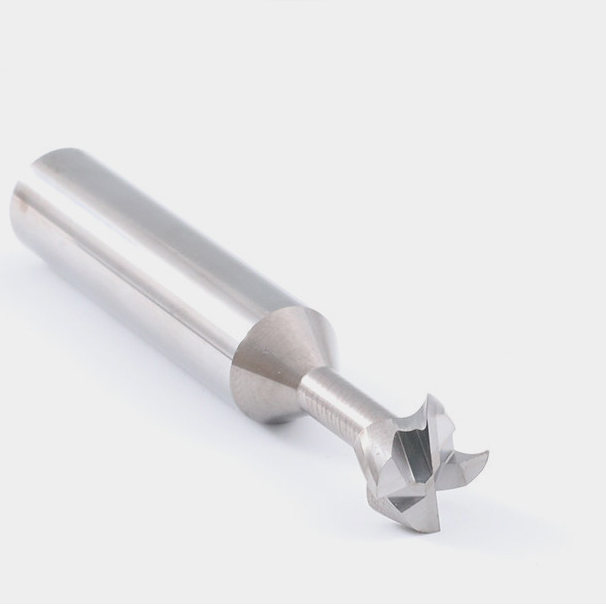
7. Tooth cutter, milling out various tooth shapes, such as gears.
8. Rough skin cutter, a rough milling cutter designed for cutting aluminum and copper alloys, which can be processed quickly.
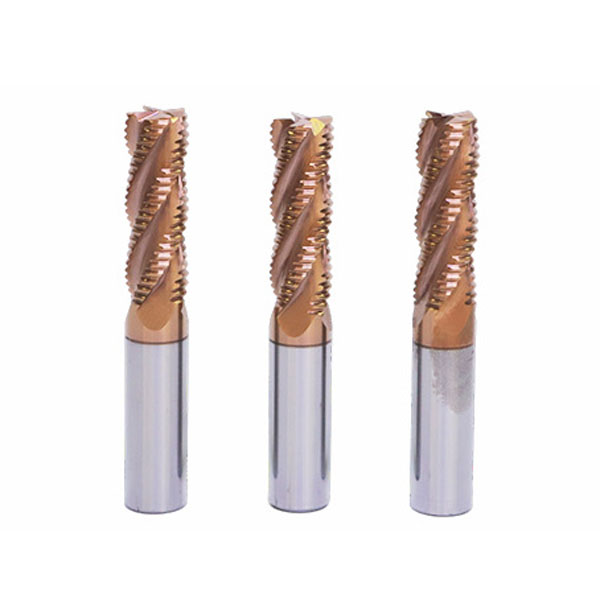
There are two common materials for milling cutters: high-speed steel and cemented carbide. Compared with the former, the latter has high hardness and strong cutting force, which can increase the speed and feed rate, improve productivity, make the cutter less obvious, and process difficult-to-machine materials such as stainless steel/titanium alloy, but the cost is higher, and the cutting force changes rapidly. In the case of easy to break the cutter.
Post time: Jul-27-2022


